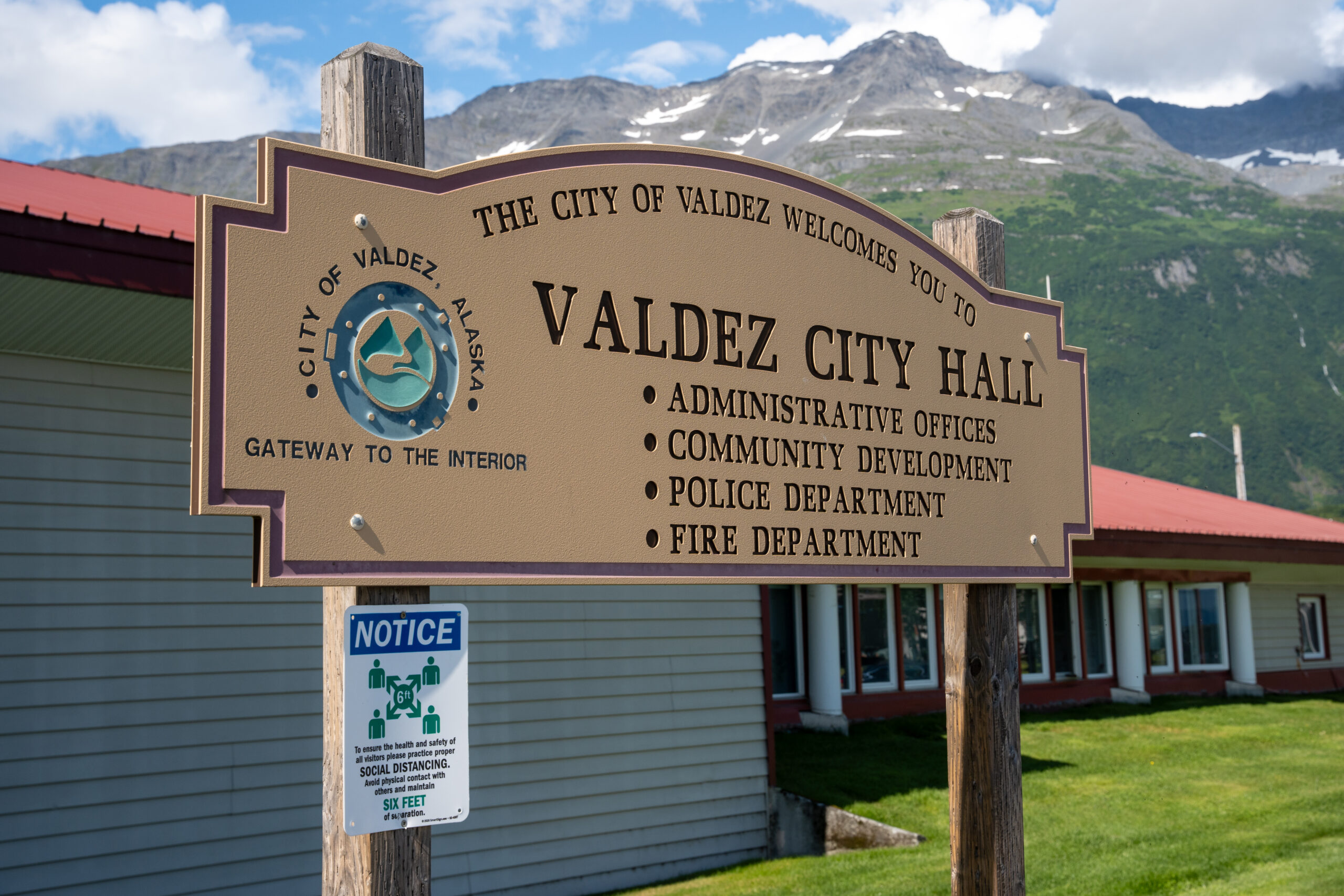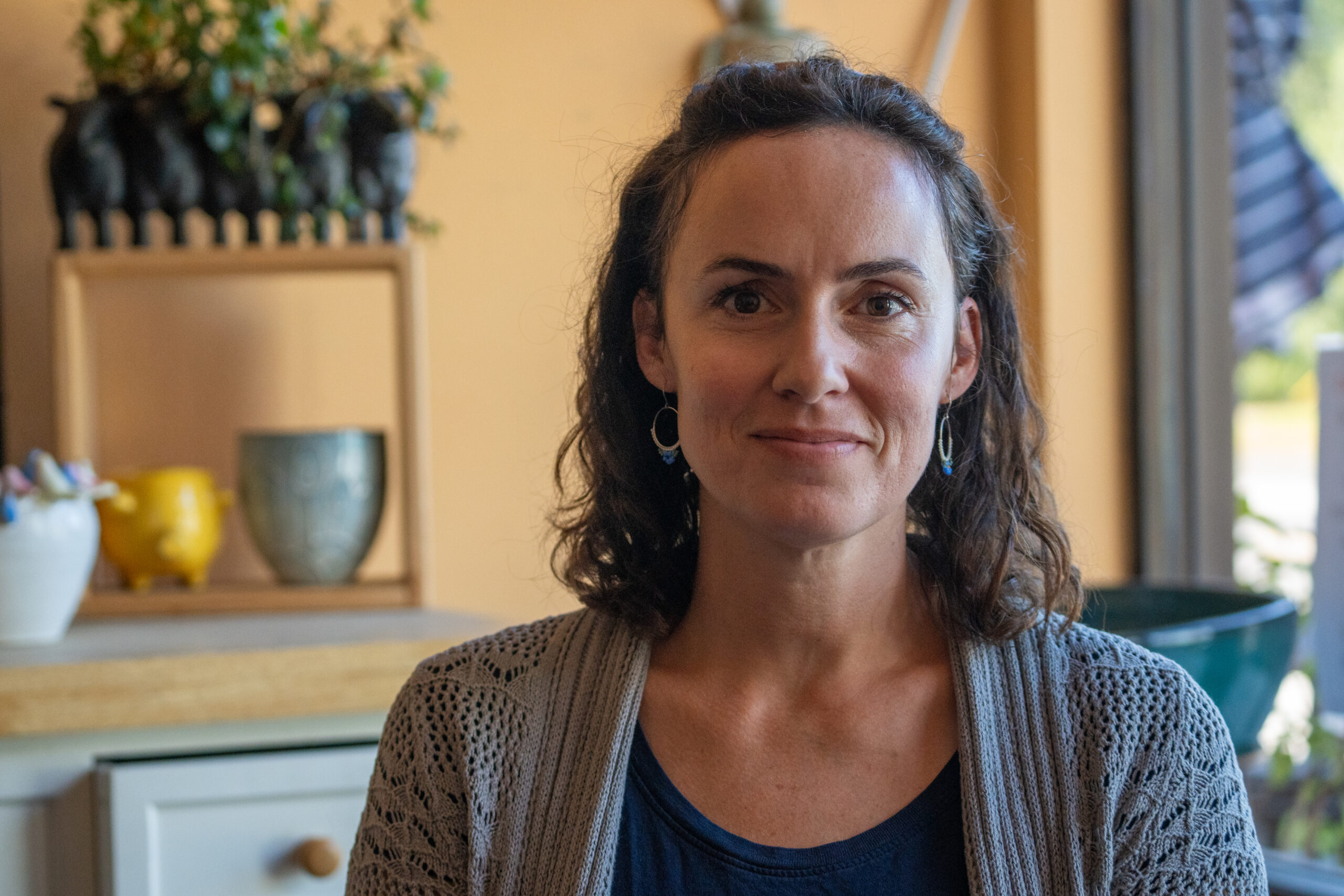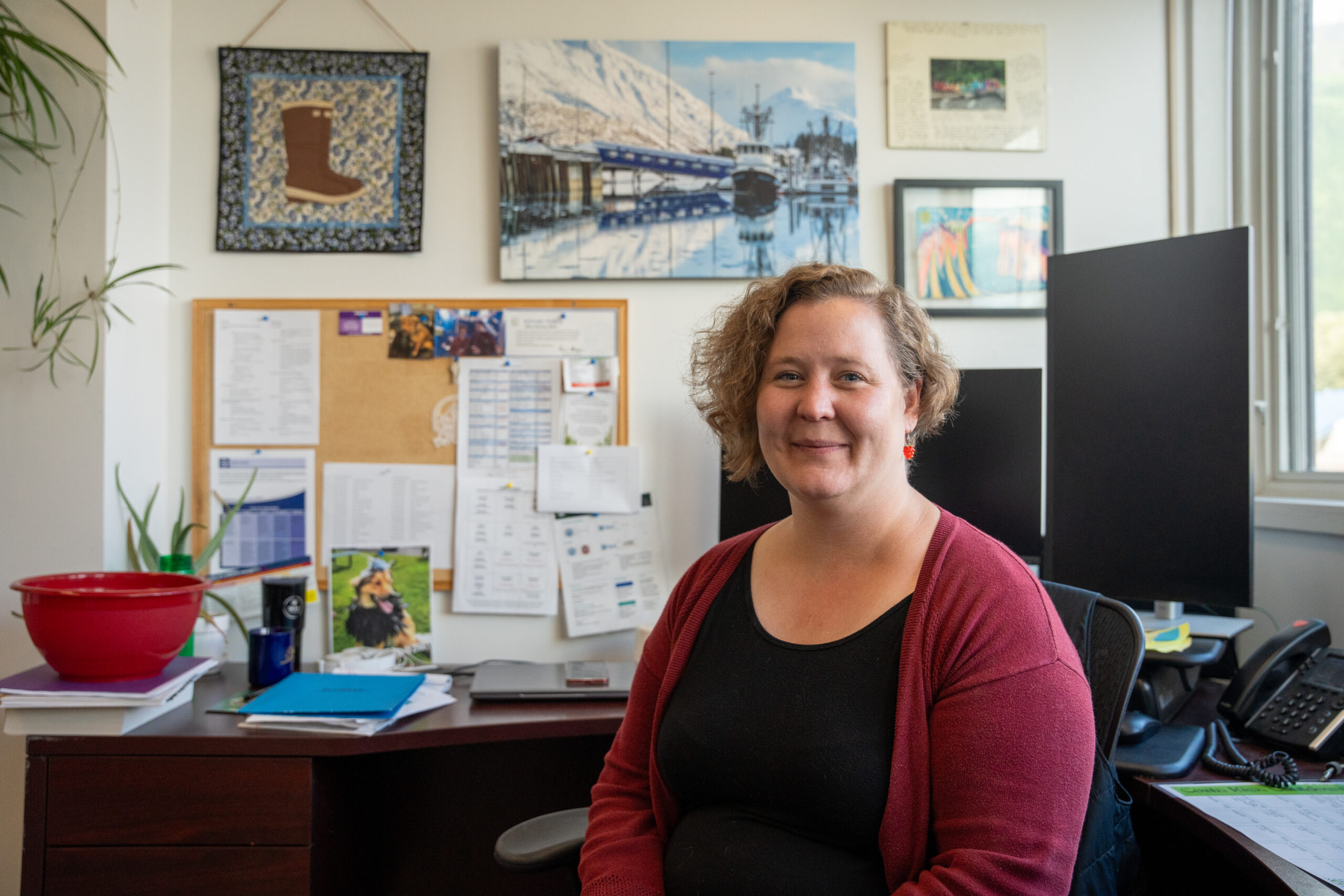
Since the Valdez child care center Stepping Stones closed two years ago, working parents like Brianne Skilbred have had to scramble.
“[My kids’] current child care provider that they have is their fifth in two years,” Skilbred said.
Stepping Stones was the only licensed facility offering all-day care. The only other licensed provider is a preschool that offers half-day classes a few days a week, and even that is near capacity.
Like many communities around the state, Valdez is struggling with a lack of child care — for many of the same reasons that child care providers are struggling across the country.
Skilbred is an executive assistant with the city and a mother of two young children. All things considered, she said, she’s lucky: Her boss lets her skip lunch breaks and come in early so she can pick up her kids at 3:30 during the summer. Her last babysitter gave Skilbred a two-month heads-up that she would be moving out of town.
“Some people only gave us a week,” Skilbred said. “That was a little bit harder.”
A few years ago, Skilbred said, she was asked to join the board of the relatively new nonprofit that had formed to keep the doors open at Stepping Stones. At her first board meeting, she said, they elected her president, giving her an up-close look at the challenges that led to its closure.
The main problem was staffing, she said. The center was offering hourly wages from $14 to $24 an hour, depending on experience, but in the wake of the pandemic, Skilbred said, they needed more than wages to attract employees.
“People were looking for medical benefits more than pay,” she said. “We just we can’t we couldn’t afford that. We wouldn’t be able to swing that.”
So when the director left for a better job in the Lower 48, and no one with the state-mandated credentials applied to replace her, Stepping Stones closed its doors.
And now, it’s not just that daycare is hard to find. For many people, it’s simply not available.

Susan Love, a college administrator and the chair of a city child care task force, said the lack of licensed providers sharply limits who has access.
“We don’t have any location where individuals can use state subsidies for low income or other needs or military assistance to access paid and licensed child care,” Love said.
Along with Valdez’s housing shortage, Love said it’s part of an interrelated economic puzzle that’s holding the community back in some important ways: Child care centers can’t find staff. Workers can’t find a place to live. And people who do find housing often can’t find or afford child care.
Valdez’s struggle to address the issue says a lot about just how intractable it is, Love said. After all, not every community has the Trans-Alaska Pipeline providing the city with more than half of its annual revenue.
“If we are trying to pull all the many resources of the town together to help solve the problem, and we’re struggling with it, I think it speaks to the complexity and the the depth of how challenging the problem is,” she said.

Still, in years past, people and businesses have made it work. But Elise Sorum-Birk, the deputy city clerk for Valdez who worked closely with the task force, said things have changed.
“I think it’s very well understood that child care as a business doesn’t really pencil out,” she said. “It might have, maybe 20 years ago, [but] it doesn’t in the current economy, and it’s just very hard to pay a living wage if you’re a child care business.”
Sorum-Birk said standards of care are higher — state regulations set minimum requirements for buildings and staff. Inflation has pushed the cost of living higher, so workers are looking for higher pay. And parents don’t always have money to spare.
“It’s just this very sensitive time of life, and there’s just not a lot of value put on it economically,” she said.
It’s a big task for a city to solve a decades-old economic problem, but Valdez is trying. Valdez is considering whether to rework part of its city-owned elementary school into a child care center. City officials are also working on a program with the local college to reduce the cost of getting certified to run a child care center.
Next up is finding someone to run the center and a sustainable funding and management model. That’s definitely easier said than done — but work is underway.

Post a Comment